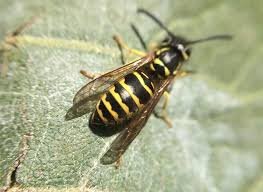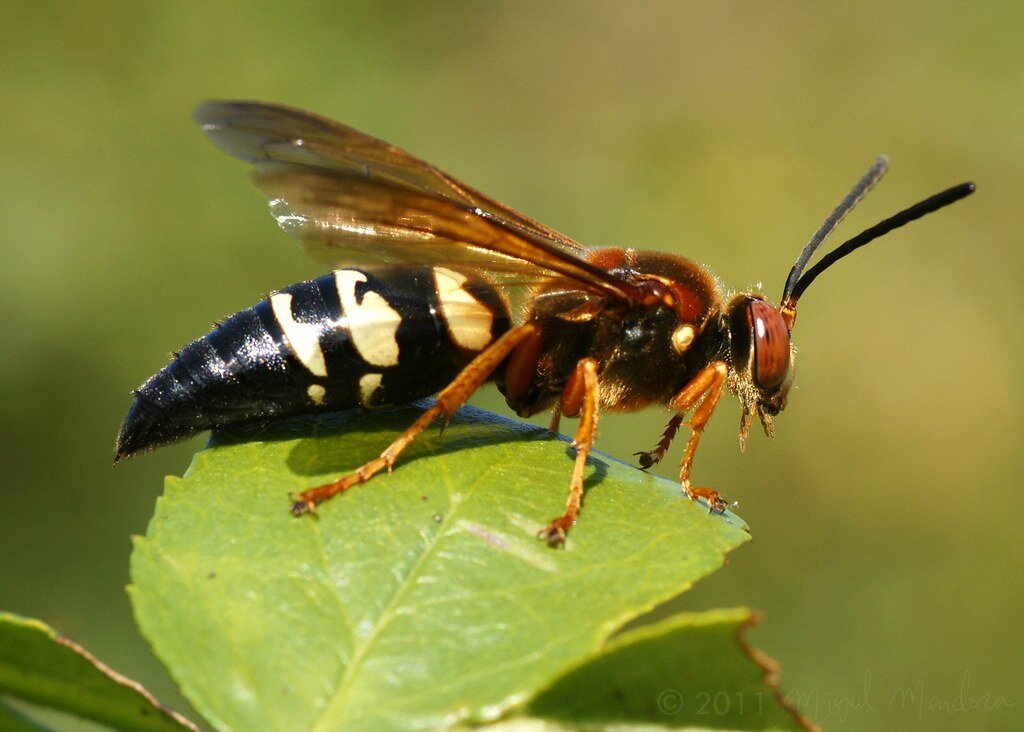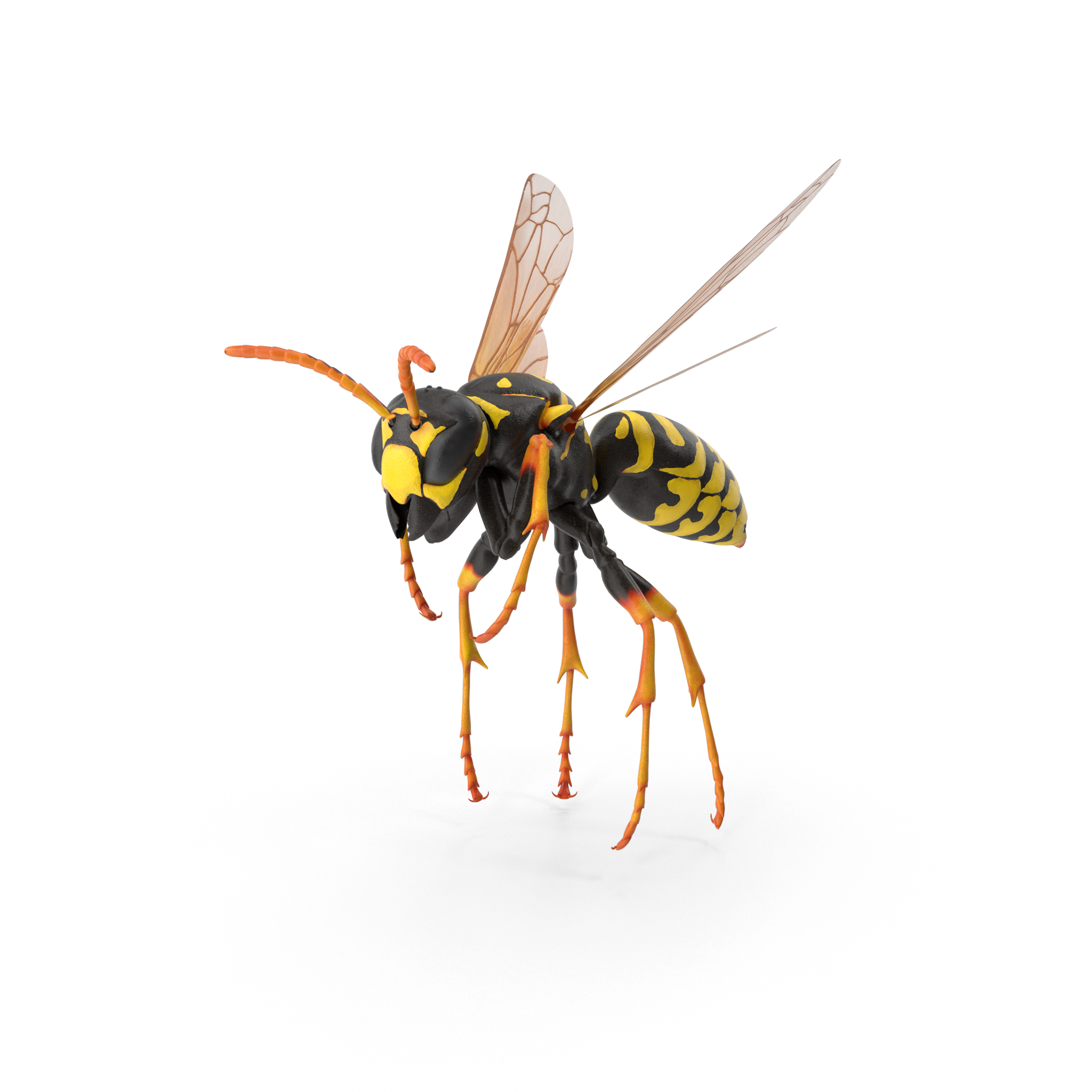Introduction to stinging pests in Florida
The Double-Edged Role of Bees, Hornets, and Wasps in Nature and Public Safety
Bees, hornets, and wasps are for the most part a very beneficial group of insects, being the major pollinators of flowering plants, helping to reduce the numbers of many insect pest species, etc. However, of the 54 reported deaths each year from arthropod bites or stings, bees, hornets, and wasps account for about 30 percent.
Bees, hornets, and wasps are categorized as being either solitary or social. Solitary species are those whose members live independently of each other. Social species are those who live together in colonies or nests and which have an adult division of labor or caste system composed of workers, queen(s) and, periodically, males.
Yellow Jacket
Giant Ground Hornet
Honey Bee
Paper Wasp
Biology
Bees, hornets, and wasps have complete metamorphosis: egg, larva, pupa, and adult. Those which are social have a caste system composed of workers, queen(s), and males (drones). Although the workers are sterile females, they occasionally lay eggs or can sometimes assume reproductive functions if the queen dies. Colonies contain only the founding queen until mid-summer when many queens and males are produced; but honey bees have only one functional queen at a time. Paper wasps (Polistes spp. and Mischocyttarus spp.) are the exception in that nests are founded by a dominant inseminated female that assumes the role of egg layer. She is attended by other submissive females and daughter wasps that serve as workers. With the onset of cold weather, workers, non-inseminated queens, and males die off leaving the inseminated queens to overwinter and start new colonies in the spring. Honey bees are the exception where the entire colony including immatures, workers, and the queen overwinters. In the solitary bees and wasps, only the inseminated queen overwinters.
Adults of social species feed on nectar, honeydew, sap, fruit juices, etc. Protein for larvae comes from pollen for the bees but for the wasps and hornets, it consists of insects and spiders if the adults are predators, or meat if they are scavengers. Workers get some protein but mostly carbohydrates from the trophallactic fluid exuded by the larvae when fed. The larvae of solitary species get all their food from the paralyzed prey or pollen ball upon which their egg was laid and which is then usually sealed in a cell.
Clements approach to control
Since bees, hornets, and wasps are beneficial to our local ecosystem, we treat only in situations that pose an immediate threat to humans and pets, or when peace-of-mind is required. Its best to contact us immediately if you are experiencing a stinging pest problem on your property. Our team of experts will locate, treat and remove the colony from your property as quickly as possible to keep your family and pets out of harm’s way.
Schedule a free inspection
When you meet with our team, we’ll greet you with a smile, address your needs and answers any questions. No pushy sales person or high pressure tactics. For many treatments, we can even start them at the time of your consultation.







